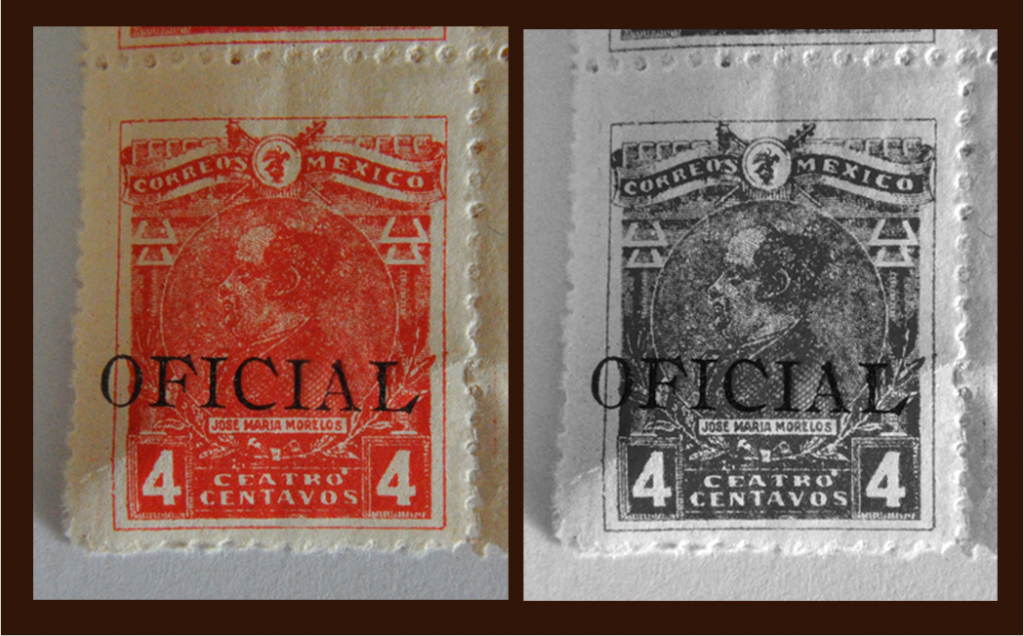In honor of Ceatro’s 3rd anniversary today, and in addition to offering a BIG “thank you!” to all our friends and clients, we thought it was a good time to reveal all we know about the word “Ceatro.”
As many know, the name of our company came out of both creativity and desperation. We wanted a name that was pithy, short, memorable, and was clear of legal, social, and ethical conflict. Most importantly, we wanted a simple ‘. com’ domain. The latter was much harder than all the other criteria! Ceatro was created out of whole cloth – and it turns out we really love it.
In our search to make sure this made-up word would not come back to haunt us later, we found only two instances of it, and both were intriguing enough to reaffirm our commitment to our new moniker.
First: the small town of Ceatro, Angola (Central Africa).
Information is very limited on this town except for its location (always, and only, explained by its latitude and longitude), its weather (warm and rainy yet prone to droughts), and its population density (174 people per mile.)
Due to Cynthia’s long-term interest in Africa and her unfortunate desire to vacation in places that are impossibly hard to get to this seemed like a great connection to our new name, In Angola, Ceatro’s nearest big town is 6 hours away and it has no place for tourists to stay. Needless to say, she’s been trying to figure out how to get there since she learned of it!
Second: typos.
Ceatro is often mis-written for the Spanish and Portuguese words “cuatro” and “centro.” Misreading cursive handwriting especially produces a lot of examples of ceatro in older documents. But it is the most famous “ceatro” typo that has led to the piece of history and art we recently acquired for our office:
Look at the bottom left stamp.
These 4c stamps honoring Jose Maria Morales, a leader in the Mexican War of Independence, produced in September 1915, show the most widely distributed ceatro typo.
This stamp, known as the “Ceatro for Cuatro Stamp,” was created when someone miss laid the typeface on the original printing plate or mold and “cuatro centavos” (4 cents) became “ceatro centavos.” Due to the way the plates were then laid and relaid for printing the series of stamps, this error occurred in 8 out of 25 of ever stamp but sometimes even more in a run of 100. Experts studying stamp printing history (yes, this exists) have used this stamp series to get a better understanding of how printing plates were really laid down in practice.
We aren’t stamp collectors but we think this is a pretty cool.
And today, on our 3rd anniversary, we tip our virtual hat to Ceatro, Angola and the “Ceatro for Cuatro stamp” for giving us great company. We are also pleased to say that after a mere 3 years in business we have unseated typos, this Mexican stamp, and even this great African town to fill the top 10 results for a “ceatro” search on Google!


